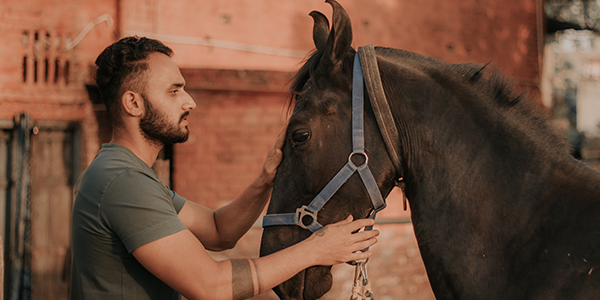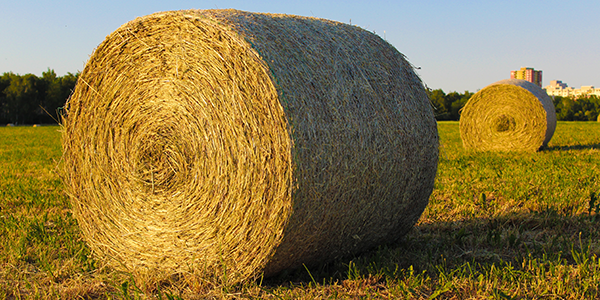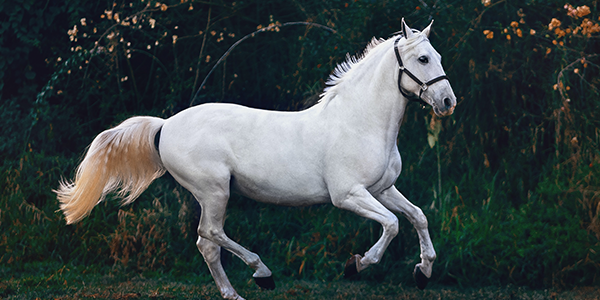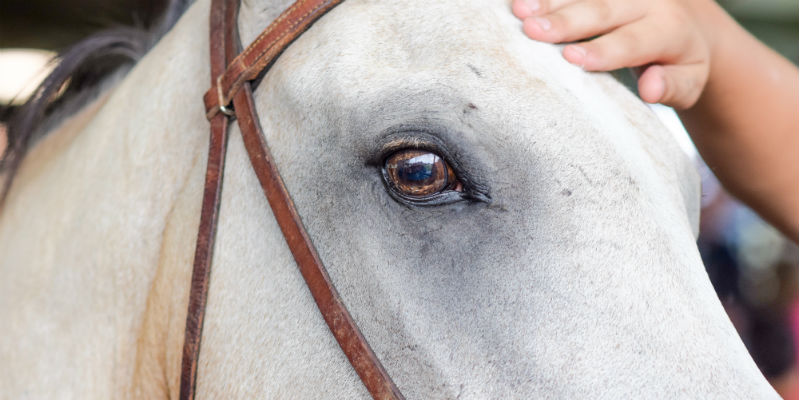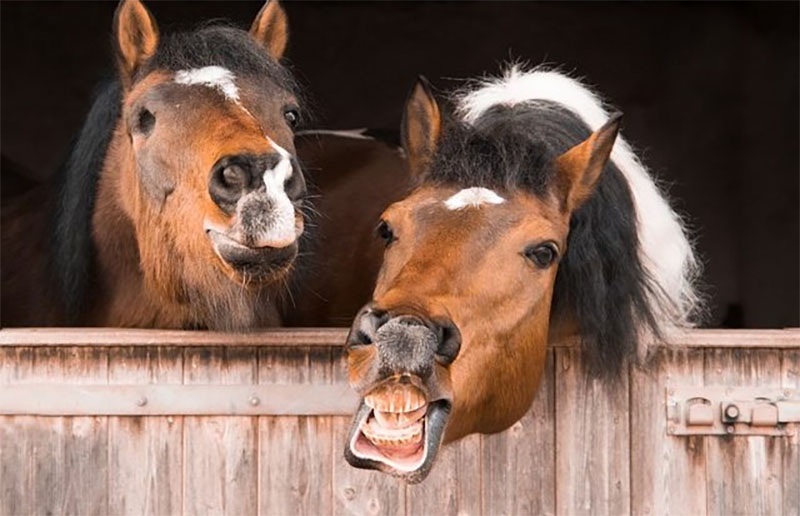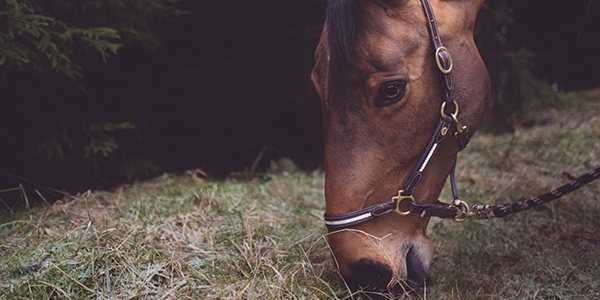Equine horse pain can be a serious problem when left untreated. When your horse exhibits signs of back pain, let your vet know as soon as possible. Diagnosing the root of the problem is key to preventing more serious injuries. Continue reading to learn more about how equine horse pain is treated. Also, if you are looking for a horse property for sale in Colorado, contact Colorado Horse Property today and speak with one of our horse-person realtors.
Easing Equine Back Pain
Horse back pain could be due to a chronic injury or lameness. In many cases chiropractic care can help correct abnormal proprioception. This is the body’s unconscious perception of position and movement, which blocks nerve pathways. Chiropractic sessions prevent back soreness and chances for more injuries to occur. Another treatment for horse back pain is acupuncture. This procedure triggers endorphin release and sends calming signals to the nervous system. It also dissipates spasms, and brings blood flow to stimulate healing.
Have you ever heard of shock wave therapy? This procedure sends a pressure wave into the tissue. It increases the blood flow and new blood vessel formation, essentially helping the body heal from the inside. It also breaks up the scarring of tight, shortened muscles. With proper management and therapy, most horses with back pain can be rehabbed back. Having a good relationship with your horse clinician will make the process go smoothly. Make sure you exhaust any questions that you have about procedures before they take place.


